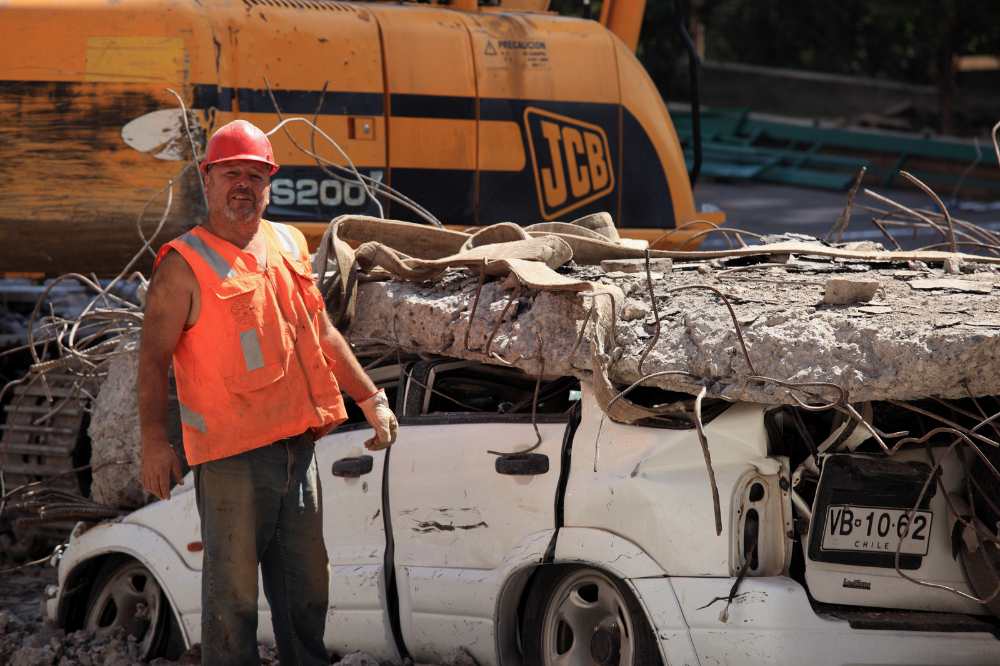The TRNC Civil Defense Organization has shared important information on the precautionary measures to be taken during an earthquake in case of an eventual earthquake in the country.
In an earthquake:
If you are inside a building:
• Try to avoid any panic.
• Keep away from unfixed cupboards, shelves, windows, etc.
• Create a life triangle by crouching below the desk supported by strong chairs, if any, or next to objects that may present safety, resembling a full and hulking armchair, sofa, and a full chest.
• Protect your head with both hands or with protecting material (pillow, book, etc.). Hold on till the shaking subsides.
• Find a secure place, drop onto your hands and knees, with one arm and hand cover your head and neck. If there is a nearby desk or table, crawl under it for shelter. If there’s no shelter, crawl next to an interior wall away from windows.
• Do not run in the direction of stairs or exits, neither go to a balcony, or jump from balconies or windows.
• It is strictly forbidden to use the elevator.
• Phones should not be used except to report emergencies and fires.
• Do not light matches, lighters, do not touch electrical buttons.
• If we are in a wheelchair, the wheels must be locked, and the head and neck must be protected.
• In places where there are working tools, such as a kitchen, workshop, laboratory, turn off stoves, ovens, and similar appliances, avoid materials and substances that may spill.
• After the earth tremors have passed, turn off the electricity, gas, and water taps, turn off the stoves and heaters.
• After taking other security measures, pick up the necessary goods and materials and leave the building. Go to an assembly point.
• Keep away from windows and glassware.

If you are outside in an open area:
• Stay away from power lines and utility poles, trees, other buildings, and walls.
• Stay away from slopes where landslides may occur, or stones may fall. Otherwise, you should quickly move to a safe place.
• Be aware of chimneys, broken glass and roughcast that may fall from buildings.
• Be aware of risks associated with underground duct, power lines and gas lines.
• Stay away from the sea.
If you are driving in an earthquake:
• If you are in a moving vehicle, pull over to the side of the road, stop, and set the parking brake. Avoid overpasses, bridges, power lines, signs, trees, and other hazards. Stay inside the vehicle until the shaking stops, then proceed carefully by avoiding fallen debris, cracked, or shifted pavement, and emergency vehicles. If a power line falls on the car, stay inside until a trained person removes the wire.
• If you are in a tunnel and far from the exit, stop the car, get out and lie alongside of the car, pull your legs up towards your chest, protect your head and neck with hands.
• If you are in a covered parking, get out of the car, lie alongside of the car and protect your head and neck with your hands. Large masses such as ceilings and tunnels that can fall from above will crush the vehicle but not destroy it. If you are in a car, you may be crushed by a piece that falls on the car.


